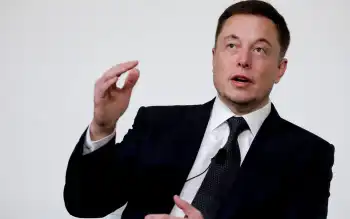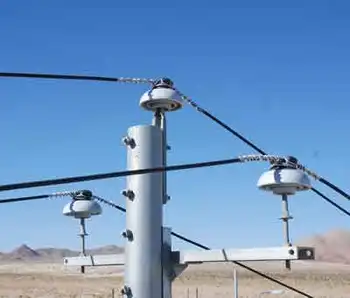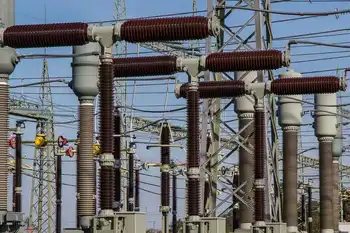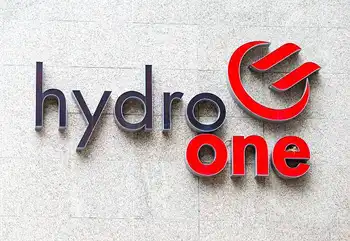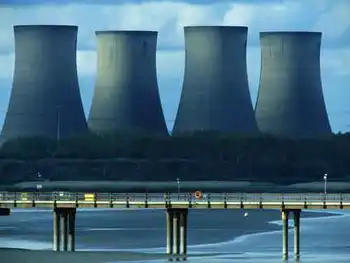Lack of new power lines threatens renewable growth
By Reuters
NFPA 70b Training - Electrical Maintenance
Our customized live online or in‑person group training can be delivered to your staff at your location.
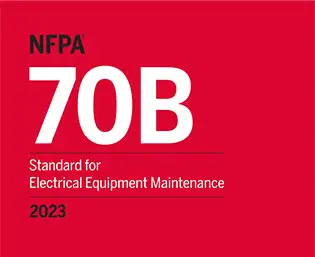
- Live Online
- 12 hours Instructor-led
- Group Training Available
Demand is soaring for renewable energy projects to help reduce both pollutants and consumption of ever-costlier fossil fuels. At issue for developers of wind and solar projects, however, is that the resources to power them are most abundant in sparsely populated areas such as the Southwest's sun-baked Mojave desert and the blustery plains of the Midwest.
Building lines to channel that clean electricity to urban areas will be no small task, and renewable energy executives at a conference in New York this week warned that many planned solar and wind projects may never see the light of day if policymakers do not expand power grids to accommodate them.
"Unless we figure out a way to move capital into transmission, moving power from the Dakotas to Chicago or from the Mojave to Los Angeles is going to be a great dream," Dan Reicher, the executive in charge of Google Inc's green energy push, said at the Renewable Energy Finance Forum.
He added that the progress of new transmission "in many respects will define whether 2 percent or 20 percent of U.S. electricity is renewable."
Problems integrating renewable power with the grid are already playing out in Texas, the state with by far the most wind power.
Major power lines are needed to transfer wind generation from West Texas to Dallas, Houston and San Antonio, where electric demand is highest, and congestion on the state's grid has sent power prices soaring.
Texas power regulators are weighing the benefits and costs of new transmission lines that will cost several-billion dollars to build, but executives said grid operators would not be the only ones to foot the bill for such projects.
The head of BP Plc's alternative energy business, Vivienne Cox, said the British oil major would consider putting some of its considerable resources into transmission to help speed the growth of its renewable energy developments.
"So far we haven't made big investments in infrastructure projects, but I wouldn't rule that out at all," Cox told reporters at the conference.
A bigger issue than costs, said many conference attendees, will be agreeing on where to put the bulky transmission lines needed to move considerable amounts of power.
"I don't think the barrier to transmission will be capital adequacy or availability. It will be resistance to adding capacity by people who don't want it in their neighborhood," Raymond Wood, head of Credit Suisse's alternative energy investment banking practice, said at the conference.
As an example, the president of the Solar Energy Industries Association trade group, Rhone Resch, pointed to a battle in California over Sempra Energy unit San Diego Gas & Electric's proposal to build a 150-mile (240-km) high-voltage transmission line from the desert to San Diego that would go through a state park.
Environmentalists argue the power line would ruin the park, while the utility claims it will not be able to meet California's renewable energy requirements without it.
Meanwhile, plans for thousands of megawatts of wind power, solar thermal and geothermal projects in remote areas of the United States are marching forward, and executives said power lines to link them to the grid should already be in the works.
"A new transmission line cutting through a new route can take five to 10 years to bring online," said Robert Rogan, executive vice president of corporate development for eSolar, a privately held solar thermal company backed by Google. "A best case scenario requires that people are working on this now."





